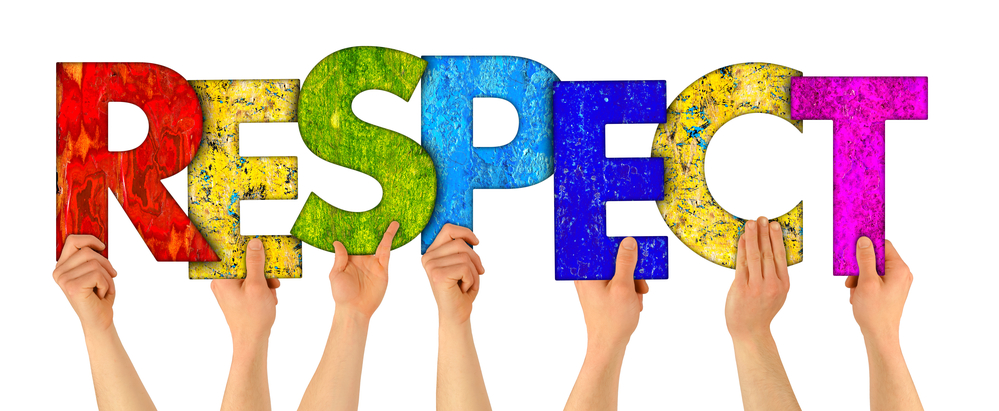
Improving Communication. Why? People with disability experience barriers to communication on a daily, if not hourly basis. Whether it is having to ask someone to read the menu to them or not hearing something due to hearing impairment. It could be not being able to access a website as they can’t use a mouse.
Who is responsible for improving communication for everyone including people with disability? Who can lead? What is the role of a leader in improving communication?
 Who is responsible?
Who is responsible?
Improving communication, especially for people with disabilities, is not limited to those in management. Leaders can be anyone in the community. This includes individuals in positions, such as managers, supervisors, team leads, or organizational heads. They have the responsibility to set policies, shape work environments, and ensure accessibility for all employees.
Even without a title, informal leaders have influence over their peers. They might take the initiative in fostering inclusivity, setting examples of good communication, and encouraging others to incorporate accessible communication practices.
People who actively champion the rights and needs of individuals with disabilities also act as leaders. Advocates might work within the organization or be external activists who push for inclusive policies and technologies. Allies, on the other hand, are individuals who support the needs of people with disabilities by raising awareness and assisting in creating an accommodating environment.
People with disabilities themselves can be leaders by taking the initiative to advocate for their own communication needs, educating others, and setting an example of how to engage inclusively and effectively.

How?
Leaders can create an inclusive communication environment by ensuring that the needs of everyone are considered. Don’t forget that there are many people with disability out there and they may not tell you that they have a disability. Having leaders who provide tools like assistive technologies, using alternative formats such as braille and captions, and incorporating communication methods to meet everyone’s needs improve communication.
Leaders of organisations ensure that the Web Content Accessibility Guidelines are standard for everyone. It is in their policy and procedures. That is, any form of digital content that is created in their organisation is accessible to everyone regardless of ability.
Leaders encourage everyone in the community to express their communication needs and preferences. This creates an environment where leaders are trusted and self-advocacy is supported and encouraged. This is important as people with disability have had many years of not having their communication needs given a priority. It is important that the leader takes the time to meet with those who require the accommodations. It fosters trust.
Leaders can offer training to individuals with disabilities to build confidence in their communication skills, whether it’s via workshops, speech therapy, or assistive technology. They can work with people with disability to train everyone in their sphere of influence to understand the different forms of communication that are available such as braille, sign language.
They model patience, flexibility and adaptability, encouraging team members to be understanding when communication challenges arise. This sets a positive tone for how communication is handled across the organization.

What about people with disability?
People with disability have an important role. They should express their communication needs clearly, asking for accommodations like extra time or assistive tools to ensure successful communication. This can be hard as, again, they have had many years of not having their communication needs given a priority.
People with disability should encourage everyone to learn different assistive technology tools such as braille, and sign language. If verbal communication is difficult, individuals can use gestures, sign language, or visual aids and inform others about their preferred methods of communication to ensure clarity.
Education is vital. People with disabilities can improve communication by educating others about their specific needs, offering feedback, and promoting understanding in the community.
People with disability are told that improvements in communication are coming. That has been the case for many years. It does take time for the community to really understand. Unfortunately, that requires patience and persistence on the part of the person with disability.

Final Thoughts
Leadership in communication is the responsibility of everyone in the community. Whether it is organisational management, peers, advocates, or individuals with disabilities themselves, everyone plays a role in improving communication. By working together to create inclusive environments, raise awareness, and utilize effective strategies and tools, communication can become more accessible, clear, and empowering for everyone. It leads to improvements for everyone including innovation, and more people participating in the community.
